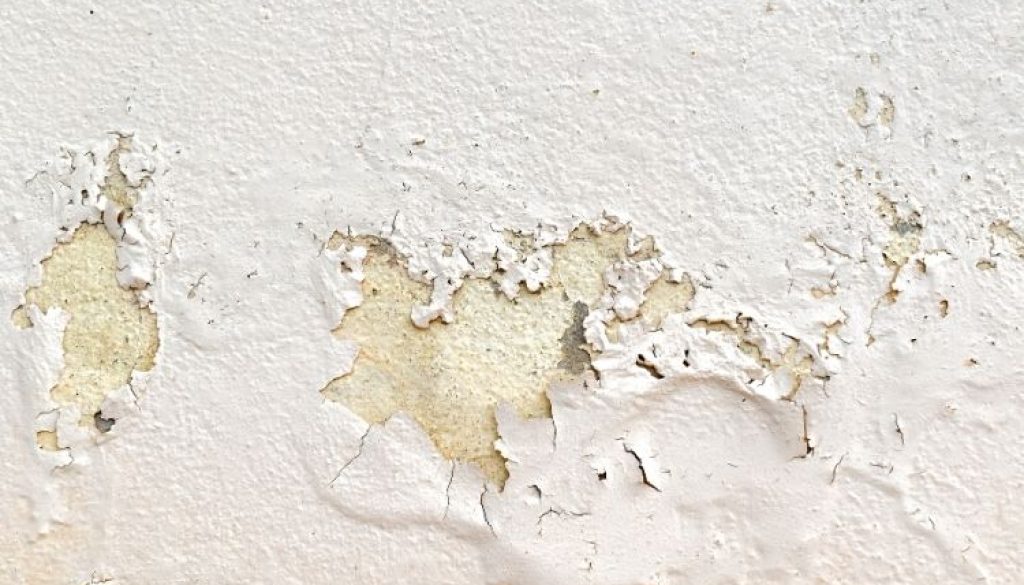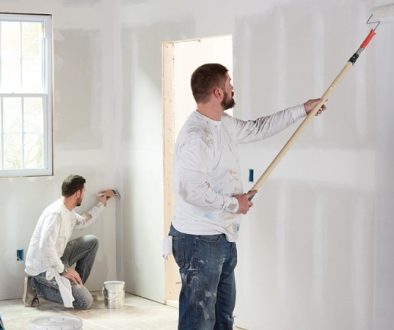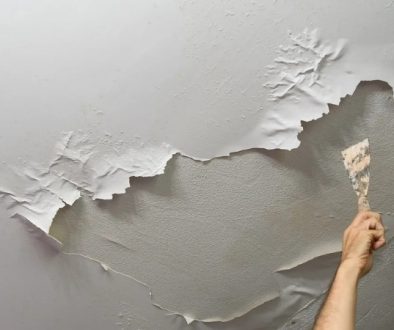Paint peeling on walls is an issue commonly found in Singapore homes. It usually happens in HDB flats, condos, and landed houses due to our tropical weather. High humidity, heavy rain, and poor ventilation make it easier for paint to lose grip and start peeling off. If you see patches of paint flaking off your walls, don’t ignore them. It will only get worse over time and can damage your wall surface.
In this guide, I’ll show you exactly how to fix paint peeling on walls the right way. This isn’t a quick cover-up job. It’s a real fix that works, especially in Singapore’s wet and warm conditions. Also, LS Painter Singapore offers the best residential painting, house painting, and commercial painting services in Singapore.
Why Paint Peels on Walls in Singapore
Before you fix anything, you need to understand why it’s happening. In Singapore, most paint peeling on walls happens for three main reasons:
1. Humidity and Moisture Build-Up
The air in Singapore holds a lot of moisture. When the walls absorb that moisture, the paint can’t hold on. You’ll often see peeling paint on walls in places like bathrooms, kitchens, or rooms with poor airflow.
2. Water Leaks
Water from leaking pipes, ceiling seepage, or aircon condensation can collect behind the paint. The wall gets wet from the inside, and the paint eventually bubbles and peels. In Singapore, this is common in older HDB flats or landed houses with roof problems.
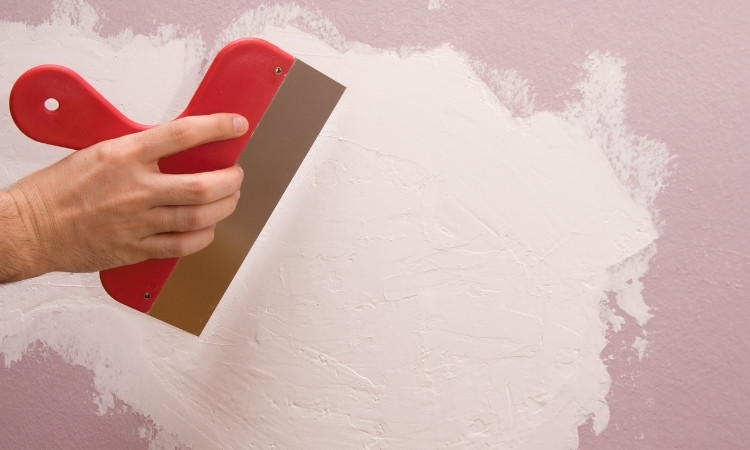
3. Wrong Paint or Poor Prep Work
Sometimes, the paint used wasn’t suitable for the room. For example, using normal paint in a damp bathroom. Or maybe the painter skipped sanding and priming. This leads to weak bonding and paint peeling on wall surfaces not long after painting.
Tools and Materials You’ll Need
To fix the problem properly, you’ll need:
- Paint scraper or putty knife
- Medium and fine-grit sandpaper
- Wall primer (anti-mold or moisture-resistant type)
- High-quality wall paint (suitable for humid areas)
- Use newspapers or a drop cloth to keep the floor clean while you paint.
- Painter’s tape (to mark edges)
- Clean cloth and mild detergent
Most of these items are available at local hardware stores like Horme or Self-Fix in Singapore. You can also check Shopee or Lazada if you prefer online shopping.
How to Fix Paint Peeling on Walls
Step 1: Remove All Loose Paint
Begin by removing all the parts that are flaking or peeling off. Smooth the surface with a scraper or putty knife. Don’t miss even small scraps when you’re cleaning. If the area feels damp, stop and wait until it’s dry before moving forward.
Step 2: Sand the Surface Smooth
After removing the loose paint, run some sand over the wall. Start with medium-grit sandpaper to remove rough edges. Then, use fine-grit sandpaper to smooth the entire surface. It gives the primer and paint an even surface to adhere to.
Step 3: Clean the Wall
Clean the area by wiping it with a wet cloth. To clean greasy spots or mold, simply add a few tablespoons of vinegar to a gallon of water and soak. Rinse it off and let it air dry. The point of this step is to remove grime and oils that stop paint from sticking.
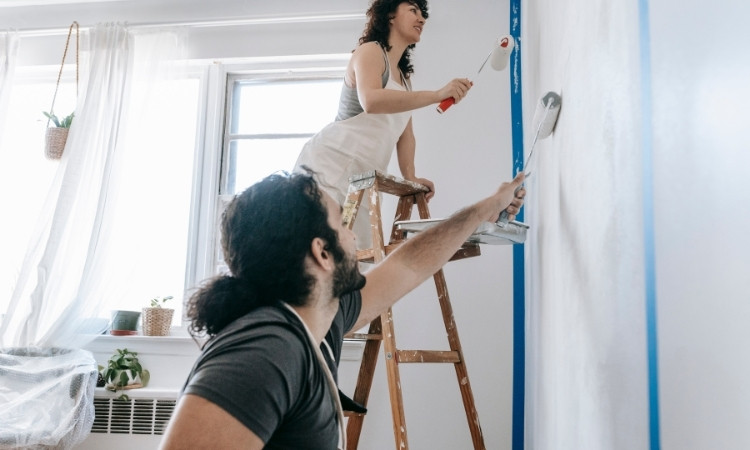
Step 4: Apply a Good-Quality Primer
Use a primer that’s made for humid or mold-prone areas. For example, you can use Nippon Paint’s anti-mold primer. Apply one even coat using a brush or roller. Let it dry fully before painting. This step seals the surface and keeps moisture out.
Step 5: Repaint the Wall
Choose high-quality paint with anti-mold or moisture resistance. In Singapore, I recommend brands like Jotun, Dulux, or Nippon Paint. Apply two thin coats of paint. Let the first coat dry before adding the second. Don’t rush this process, as proper drying helps prevent future paint peeling on walls.
Important Tips for Singapore Homes
- In bathrooms and kitchens, always use moisture-resistant or anti-mold paint.
- Use dehumidifiers or ventilation fans in rooms with poor airflow.
- Never paint over wet walls. Check for leaks before starting.
- If your home has an old aircon unit, make sure it’s not dripping water onto the wall.
Conclusion
Paint peeling on walls in Singapore is frustrating, but it’s not permanent. Address the source of the problem, be it from moisture, water, or defective materials, before painting. With proper prep, the right products, and a little effort, your walls can stay clean and smooth for years. Now that you know how to fix paint peeling on walls, you can restore your space the right way without wasting time or money.
